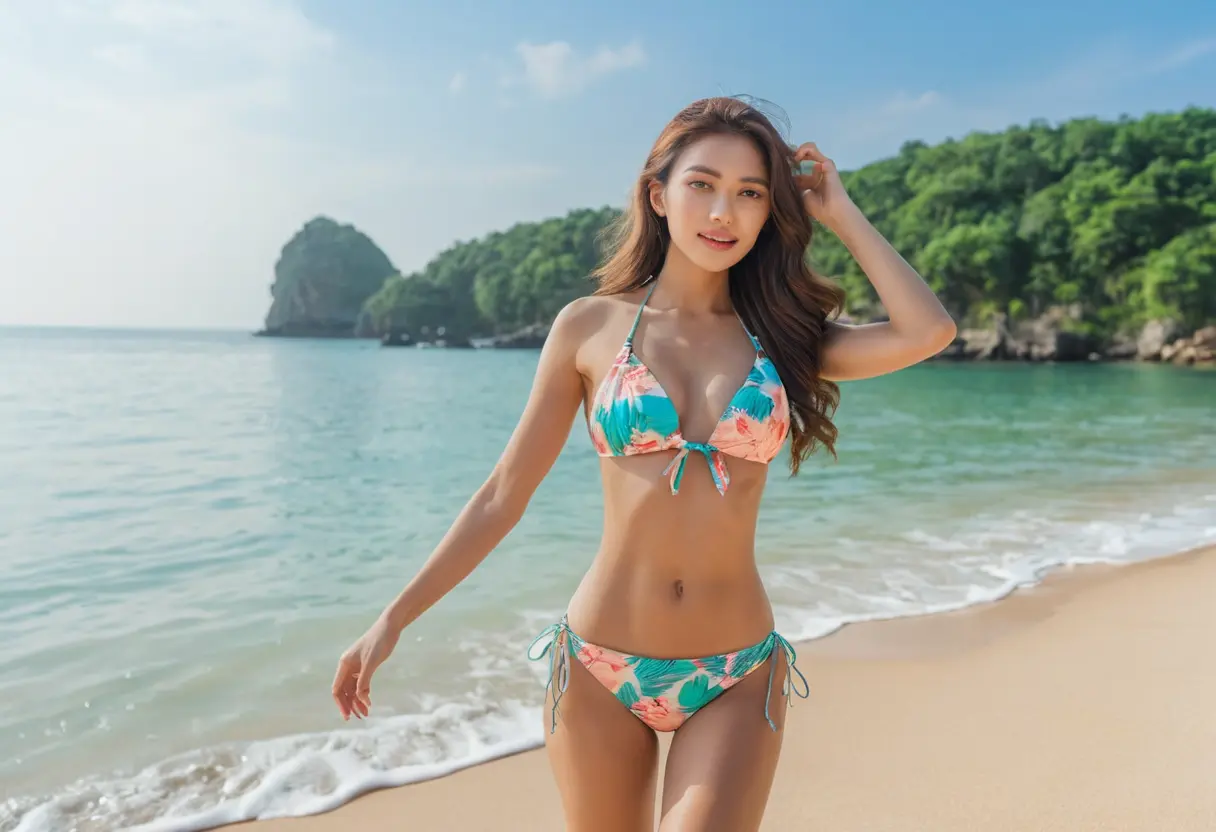Exploring the Implications of Undressing AI Nude in Digital Art
Exploring the Implications of Undressing AI Nude in Digital Art
The intersection of artificial intelligence and digital art has become a hot topic in contemporary discussions surrounding technology, creativity, and ethics. One provocative aspect of this dialogue is the notion of "undressing" AI nude, a metaphorical exploration of exposing the underlying frameworks and algorithms that govern AI-generated art. This article delves into the implications of this concept, examining its artistic, ethical, and societal dimensions. By unpacking the complexities surrounding AI in digital art, we can better understand its potential and the challenges it presents.
The Artistic Freedom of AI
AI has revolutionized the way art is created and consumed. Artists can now harness machine learning algorithms to generate unique pieces, pushing the boundaries of traditional art forms. However, "undressing" AI refers to the process of revealing the methodologies and biases embedded within these algorithms. By doing so, artists can better understand how AI interprets creativity, which in turn influences the resulting artwork.
When artists expose the workings of AI, they engage in a critical dialogue about authorship and originality. This act of "undressing" allows artists to reclaim their narrative, ensuring that their intentions are reflected in the AI's output. Moreover, it promotes transparency, which is crucial in an era where AI-generated content is often viewed with skepticism.
The Ethical Considerations
The ethical implications of using AI in digital art cannot be overlooked. One significant concern is the potential for bias in AI algorithms. If the data used to train AI models is skewed or unrepresentative, the generated art may perpetuate stereotypes or reinforce existing societal biases. Undressing AI involves critically examining these biases and their impact on the creative process.
Furthermore, there are questions surrounding copyright and ownership. If an AI creates a piece of art, who holds the rights? Is it the programmer, the user, or the AI itself? These questions become more complex when considering the role of the artist in the creative process. By revealing the underlying structures of AI, artists can better navigate these ethical waters, ensuring that their work respects intellectual property laws and the rights of others.
Societal Impact of AI Art
The societal implications of AI-generated art are vast. As AI continues to evolve, it alters the way we perceive creativity and the value of human artistry. Undressing AI can lead to a more nuanced understanding of its role in society. For instance, it encourages discussions about the displacement of traditional artists and the potential devaluation of human-made art.
Additionally, the democratization of art creation through AI has made it accessible to a broader audience. Tools that were once limited to trained professionals are now available to anyone with a computer. This shift can empower diverse voices and foster a more inclusive art community. However, it also raises questions about the quality and authenticity of art in an age where anyone can generate visually appealing images with minimal effort.
The Future of AI and Digital Art
Looking ahead, the relationship between AI and digital art is likely to evolve significantly. As artists continue to explore the concept of undressing AI, they will uncover new ways to collaborate with these technologies. This collaboration can lead to innovative forms of expression that merge human creativity with machine efficiency.
Moreover, as public awareness of AI grows, so will the demand for transparency and ethical considerations in AI art. Artists who embrace the practice of revealing AI's inner workings will likely gain a competitive edge, as consumers increasingly value authenticity and ethical production practices. This trend could shape the future landscape of digital art, promoting a more conscientious approach to creation.
Conclusion
In conclusion, exploring the implications of undressing AI nude in digital art opens a rich dialogue about creativity, ethics, and society. By revealing the intricacies of AI algorithms, artists can undress ai toolreclaim their narrative, address biases, and navigate the complex legal landscape surrounding digital art. As we move forward, the fusion of AI and human creativity promises to redefine the art world, encouraging transparency and ethical practices that will ultimately enrich our cultural landscape. Embracing this journey not only enhances our understanding of AI but also reaffirms the value of human artistry in an increasingly digital age.
Weekly hotspots
- AI Photo Undressing Technology for Enhanced Image Editing
- Explore the Benefits of Undress AI App for Seamless Virtual Fashion Experiences
- Explore the Future of Fashion Technology with AI Undress Innovations
- How AI Undresser Online Revolutionizes Fashion Choices for Everyone
- Top Undress AI Alternatives to Enhance Your Creative Projects
- Exploring Undress AI Technology for NSFW Content Creation




